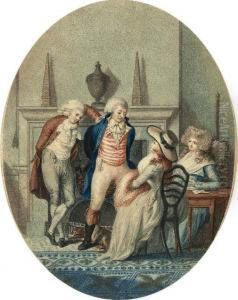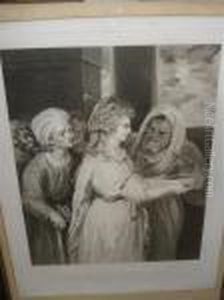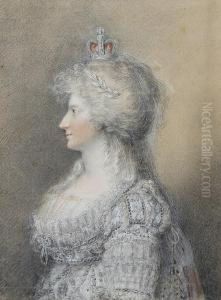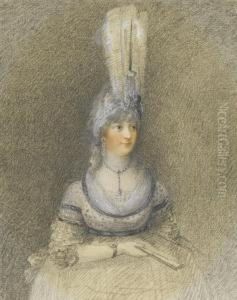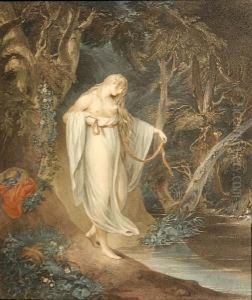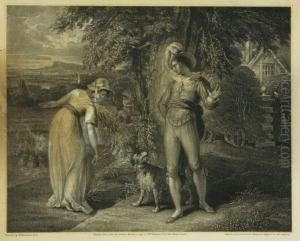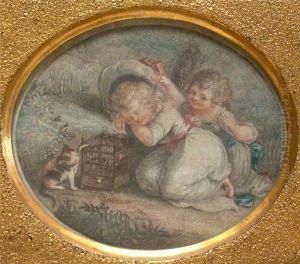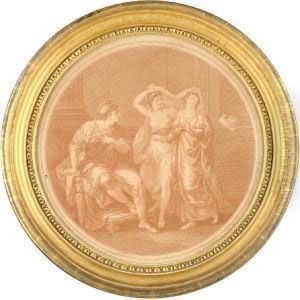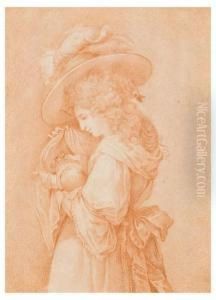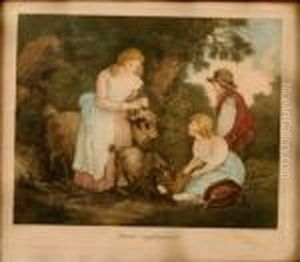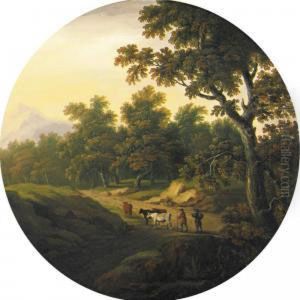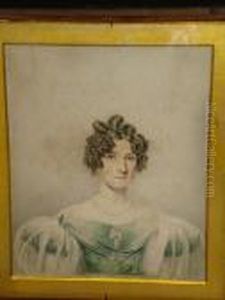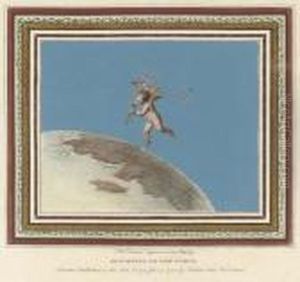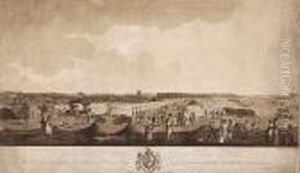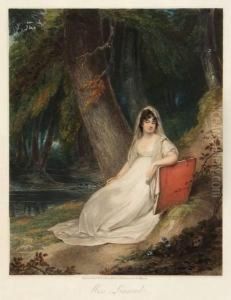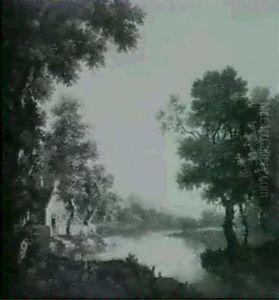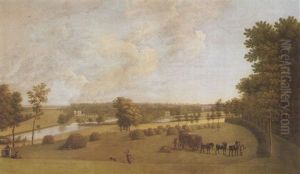Peltro William Tomkins Paintings
Peltro William Tomkins was an English engraver, born in 1759. He hailed from a family deeply involved in the arts; his father, William Tomkins, was a landscape painter, which provided Peltro with an early exposure to the art world. Tomkins demonstrated a profound talent for engraving, a medium through which he would make significant contributions to the art of the late 18th and early 19th centuries.
Tomkins studied under Francesco Bartolozzi, a renowned Italian engraver who had moved to London. This apprenticeship was crucial in shaping his style and approach to engraving. Bartolozzi's influence is evident in Tomkins' work, particularly in his attention to detail and his emphasis on the delicate interplay of light and shadow.
Throughout his career, Tomkins became well-known for his stipple engravings, a technique that involves engraving in dots to create soft tonal effects. This method was particularly suited to reproducing portraits and decorative works, areas in which Tomkins excelled. He produced engravings after famous painters of his time, such as Joshua Reynolds, thereby contributing to the dissemination of their work and the tastes of the period.
Tomkins' contributions were not limited to art reproduction. He also played a significant role in the decorative arts, producing designs for banknotes and other documents, which required both artistic skill and a meticulous approach to prevent counterfeiting. His work in this area showcases the versatility of his talent and the practical applications of his artistry.
Despite his success, Tomkins' later years were marked by financial difficulties, a common plight among artists of his time. He continued to work into his old age, maintaining his dedication to engraving until his death in 1840. Peltro William Tomkins' legacy is preserved in collections and museums, where his engravings continue to be appreciated for their beauty and technical proficiency.
